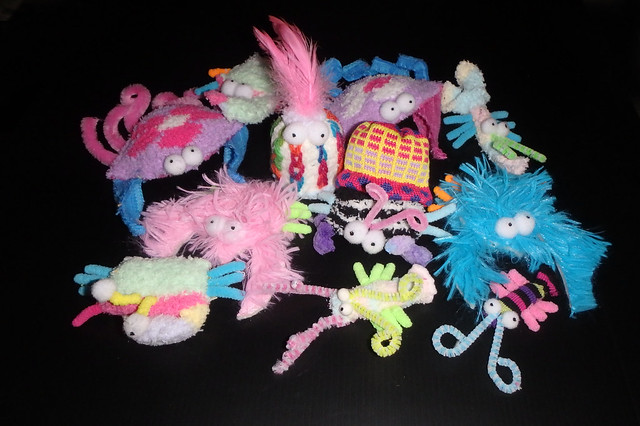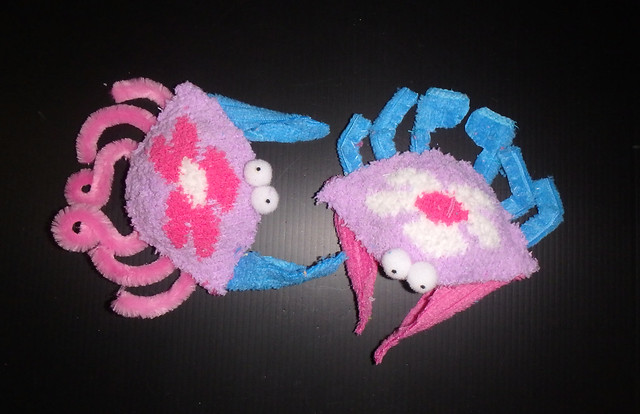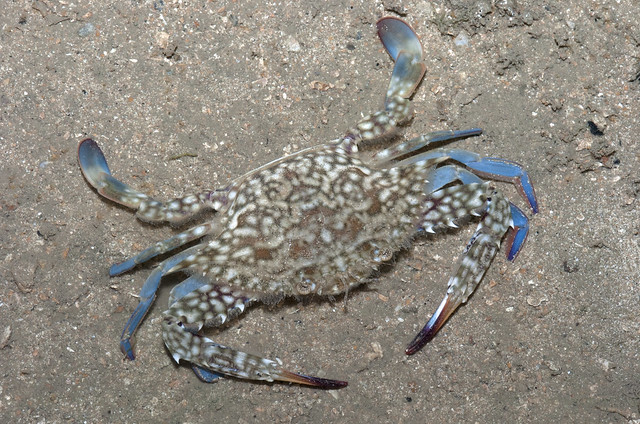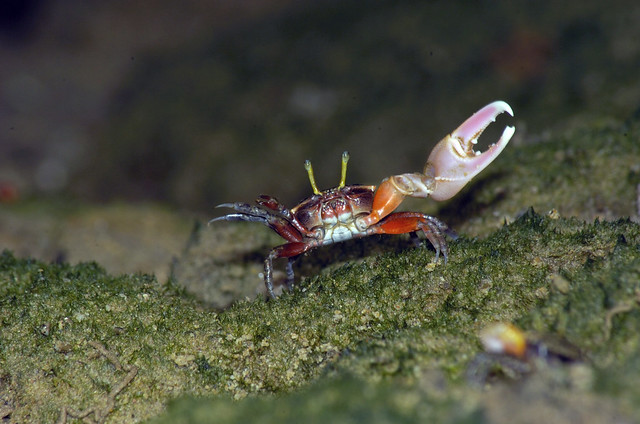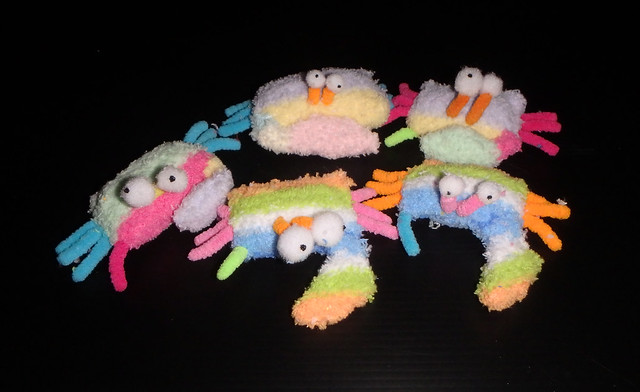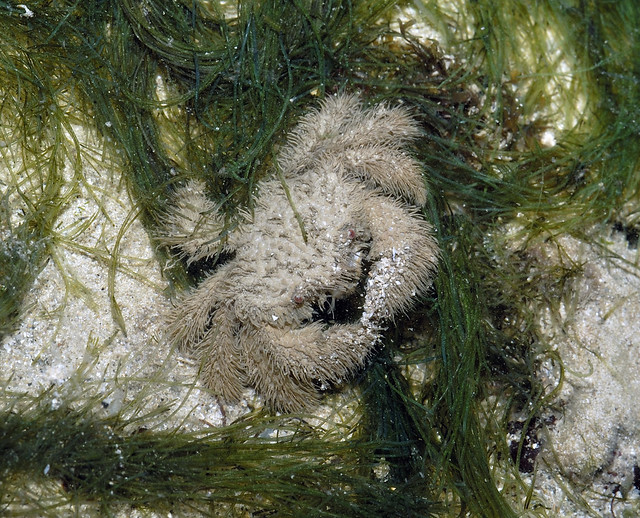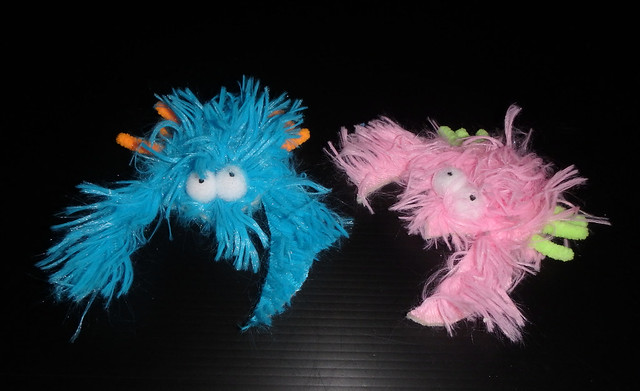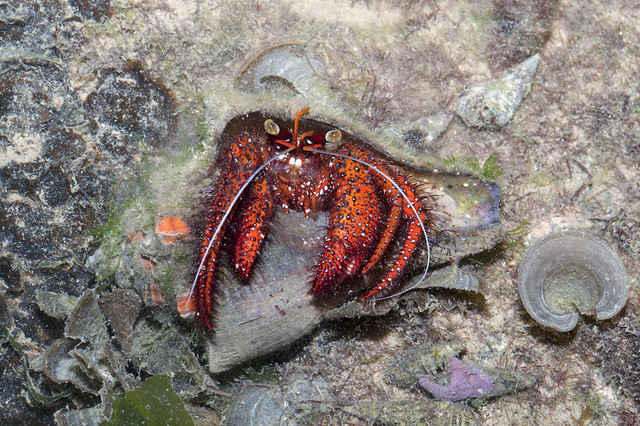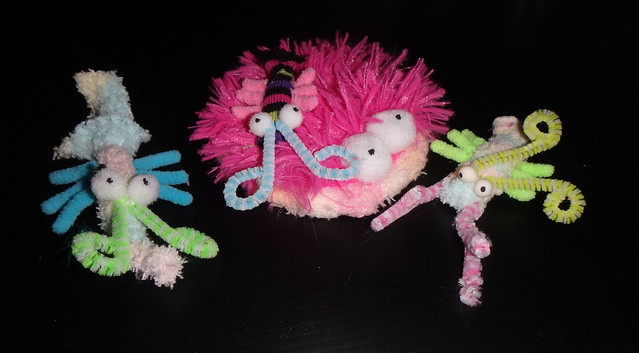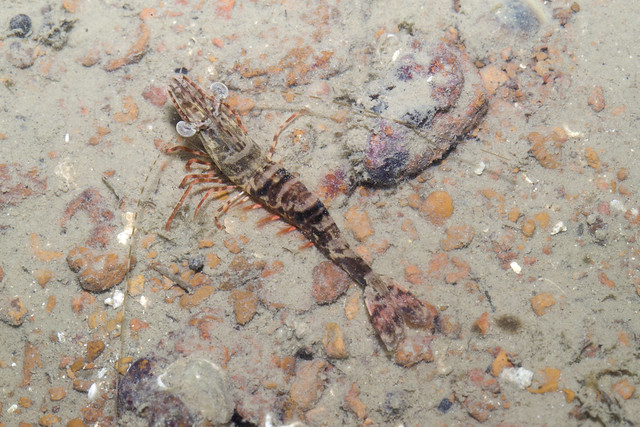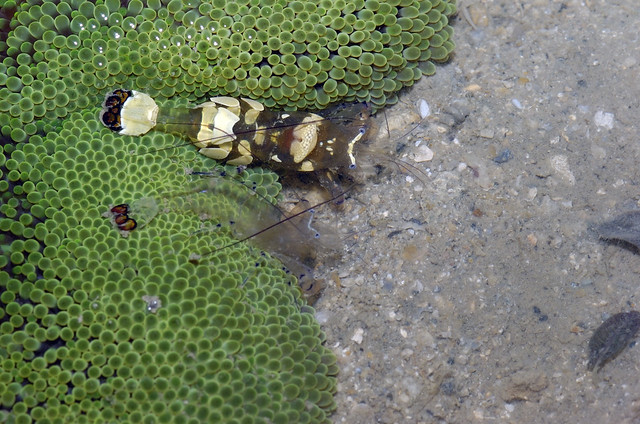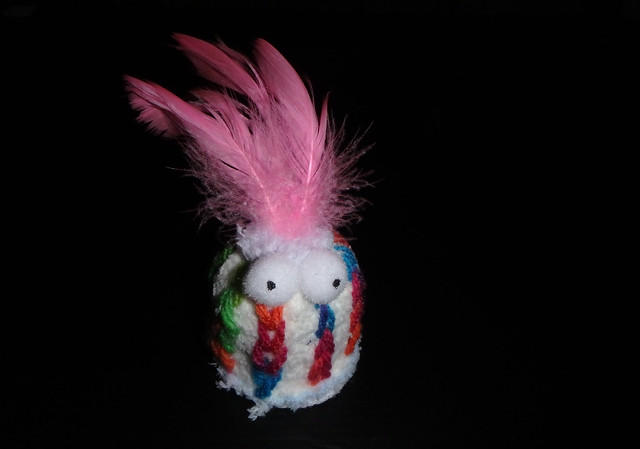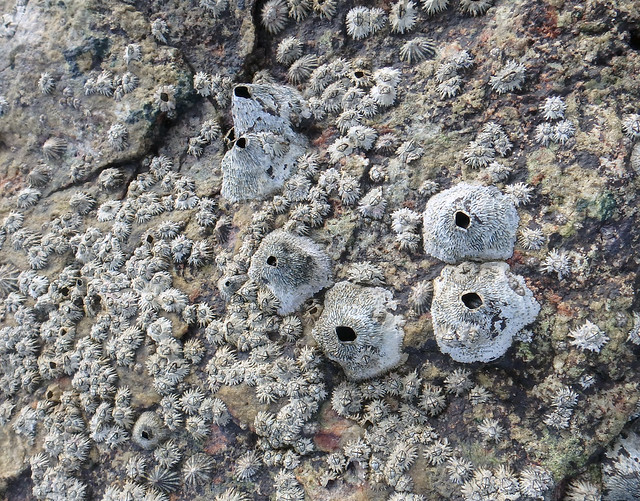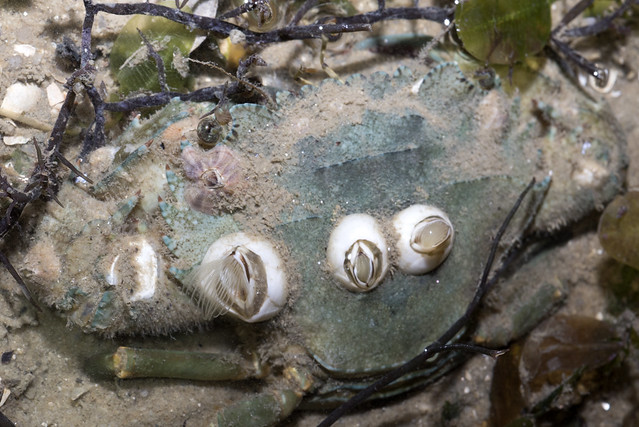Time to make more DIY handmade 'plushie' mascots out of socks! As volunteers prep up for International Year of the Reef 2018 activities!
Being nature people, we are a little picky about making these animals somewhat anatomically correct. Here's more tips on how to make crustaceans!
Everyone knows crabs! Especially those who eat crabs! A crab is basically a large body with two claws and lots of little legs. I make lots of little ones out of scraps.
The flower pattern on a sock suggested Flower crabs to me!
Flower crabs are also called Swimming crabs because they can swim. The last pair of legs are paddle-shaped and these rotate like a boat motor. They have long sharp pointy claws to snatch fast moving prey.
Crabs are a natural outcome of making the most of one glove. The fingers become a sea star, the wrist band (unpicked) becomes a sea anemone, and the middle portion, becomes a little crab.
Little crabs seen at low tide often have eyes on stalks. Fiddler crabs are among them. The male fiddler crab has one enlarged claw!
Here's some sock fiddler crabs!
Some crabs are hairy! Like the Hairy crab that is commonly seen on Singapore's rocky reefs.
I made these hairy crabs out of fluffy floor mats.
Hermit crabs are fun to make out of socks and mittens. A colourful sock can make three 'shells'. While the mitten cut up can make a snail (the portion with the thumb) and a hermit crab, the top portion.
Hermit crabs have look like crabs, but have longer antennae. Some of Singapore's hermit crabs can be quite colourful, like this Spotted hermit crab.
Here's a socky one I made.
Shrimps are pretty easy to make out of little rolls of socks. Those with colourful stripes work best. Another easy crustacean to make are barnacles!
Here's some shrimps I made.
Tiger prawns have long 'noses' and very long antennae.
The peacock anemone shrimps live on sea anemones. Usually in a pair of male and female.
Barnacles are crustaceans too! They live inside a shell stuck to a hard surface. And stick out their feathery legs to gather food when they are submerged. When out of water, the hole in the shell is closed tightly with a door.
Here's what real-life barnacles out of water look like.
Here's a glimpse of the feathery feet on barnacles growing on a living crab.
Find out more about the crustaceans of Singapore on the wild fact sheets of wildsingapore.
Did you make a crustacean plushie? I would love it if you could share a photo of it!
This article is written for Celebrating Singapore Shores as part of International Year of the Reef 2018.

